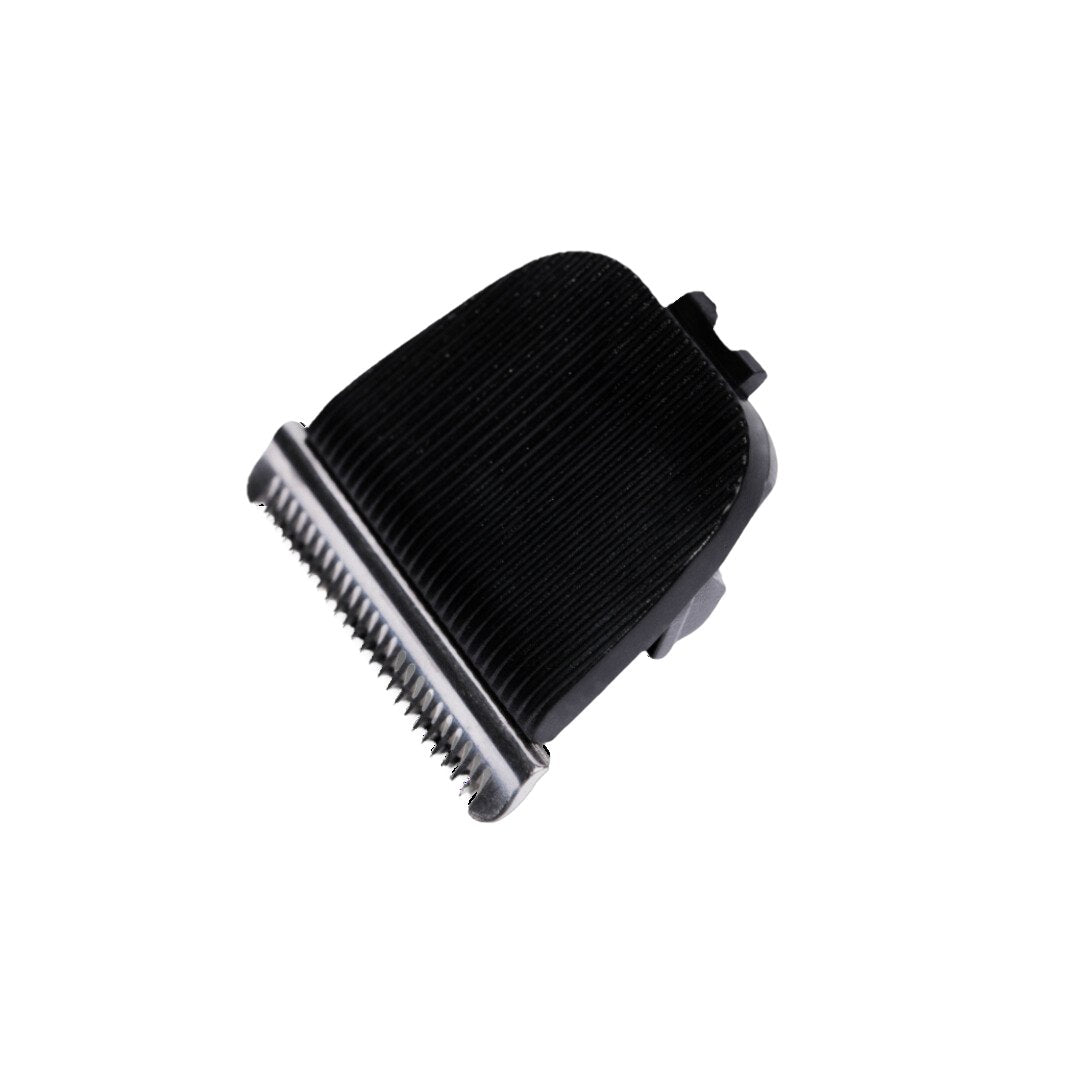What is the role of testicles in men?

Together with the penis (large in your case, or are we mistaken?), the testicles are among the organs responsible for human reproduction.
However, their role in humans is not limited to the renewal of your (splendid) lineage, and therefore of the species.
Your marbled meatballs have several other functions that are necessary for your body to function properly!
If you want to know these functions, we invite you to read the following article.
It will help you to better understand the role of this very special organ for us men that is our discrete package...
What is a testicle?
The testicles are male genitalia.
So far you have not been taught anything.
Let's continue…
These testicles are located in your scrotum.
More precisely at the base of the penis.
The tunics of the testicle: the vagina and the albuginea
Now, and this is where it starts to get interesting, each of your testicles is covered and protected by several layers of fibrous and particularly resistant tissue called tunics.
And the outer layer of this fibrous tissue called the tunica is known as the tunica vaginalis.
That's right! You are not dreaming: although you are a man, you have a vaginal tunic!
Isn't life great?
Not a bit surprising?
Let's continue:
We have just seen that the inner layer of fibrous tissue called the tunica is called (surprisingly) the tunica vaginalis; well, the inner layer is called the albuginea.
The lobules of the testicle
In addition to its two tunics, the testicle also has two areas called lobules, in which there are a multitude of U-shaped tubes, called seminiferous tubes.
These 800 seminiferous tubes are wrapped around each testicle like yarn around a ball of wool!
Isn't that beautiful?
How do the testicles stay in place?
How do your balls hold up?
You have probably already asked yourself this question (don't lie).
Well, the testicles are held in place in the scrotum by the spermatic cord.
The spermatic cord
The spermatic cord is made up of nerve fibres, muscles, blood tissue and resistant connective tissue. Its role is to supply the testicle with the life-giving substance without which we are nothing: blood.
To be very precise, you should know that at the level of each spermatic cord (there is one per testicle) are :
- blood vessels
- a vas deferens
- lymphatic vessels
- nerves
The role of the testicles in men
At the base of human reproduction, the testicles of this amazing being called man are responsible:
- the manufacture of his spermatozoa
- the production of the male hormone that gives him his virility: testosterone
These two roles are performed by two different types of cells possessed by balls:
These include germ cells and stromal cells.
Let's discover them together...
The germ cells
Spermatogenesis (or sperm formation, to put it simply) originates in the germ cells that line the seminiferous tubules, without the testicles.
As sperm cells begin to develop, their germ cells pass through the seminiferous tubules into the epididymis.
The epididymis then has the task of gathering the baby sperm so that they can mature.
Once they are sufficiently mature, the sperm then travel through the vas deferens.
During this process, the fluids produced by the seminal vesicles and the prostate gland mix, and it is through this process that sperm is formed in men!
(Divine Machinery decreed by Mother Nature!)
The sperm thus formed is then expelled from the body after erotic stimulation, through the phenomenon of ejaculation!
(Which every well-constituted teenager discovers one day with fascination)
Ejaculation
An ejaculation can contain millions of sperm cells.
A small drop of sperm is therefore enough to fertilise a woman's egg.
In other words, a small amount of your sperm is quite enough to make a child!
Stromal cells
Stromal cells are cells that support the germ cells of the testicles in the production and circulation of sperm.
The space between the seminiferous tubules contains particularly soft connective tissue, which includes stromal cells known as Leydig cells.
These are the basis for the production of male hormones, including testosterone, which is extremely important as it plays several roles in the male body:
- development of the male reproductive system (your blessed penis)
- triggering of sexual desire
- appearance of hair on the body
- appearance of large muscles
- appearance of the deep voice
Leydig cells are also very useful for the development and proper functioning of the reproductive organs.
In addition to Leydig stromal cells, there are also Sertoli cells, which are stromal cells located in the seminiferous tubules.
What can cause an abnormality in the testicles?
Generally, as is often the case with the female breast, one testicle is always larger than the other.
If this concerns you, don't get too complex: it's perfectly normal!
That said, it is true that when the size of a testicle increases suddenly or gradually, it is worth asking questions:
This can be due to various types of illnesses, and it is advisable to consult your family doctor as soon as possible...
Epididymitis
Epididymitis is an inflammation that affects the epididymis, which is a small funnel-shaped body that can be found on the upper edge of the testicle and has 2 major roles:
- Transporting and maturing spermatozoa
- Store these spermatozoids between 2 ejaculations (shouldn't waste the material...)
Usually caused by a bacterial infection, epididymitis has several symptoms:
- swelling of one of the testicles,
- sensitivity to touch,
- constant pain in the testicles,
- nausea and vomiting, etc.
To treat this condition, doctors usually advise taking antibiotics and painkillers.
It is also advisable to rest properly.
The use of ice packs on the painful area can also help the pain to go away.
So don't hesitate to apply these tips when you feel the symptoms of this disease.
Testicular cancer
Testicular cancer is a common disease in men aged 20-35 years.
There are several forms of testicular cancer, depending on the cell from which the tumour originates.
In most cases, the diagnosis reveals a germ cell tumour that affects the cells responsible for sperm production.
The causes of this condition are not precisely known.
However, thanks to scientific research, the likelihood of testicular cancer originating from exposure to chemical pollutants is very high.
Testicular cancer manifests itself through a feeling of heaviness in the bursa.
It can also cause abdominal or pelvic pain.
Testicular cancer needs to be detected early before it gets worse, and its treatment often requires surgery (removal of the testicle).
If you or a loved one suffers from this disease, we advise you to consult a specialist as soon as possible in order to treat it as soon as possible!
Testicular torsion
Testicular torsion is an abnormality that occurs when the spermatic cord twists around itself, preventing blood flow to the testicles.
This condition requires rapid intervention: do not delay in seeking medical attention if you are afflicted!
Other testicular anomalies
Apart from the three main conditions mentioned above, there are several other abnormalities that can occur in the testicles.
For example:
- hydrocele,
- orchitis,
- the cyst...
In all cases, it is important to detect them quickly in order to start the appropriate treatment as soon as possible.
So, whatever type of symptom you have, if you feel a more or less sustainable pain in your testicles, go to a hospital as soon as possible!
👉 As a supplement to this article, you might be interested in how to tell if your testicles are fine?
There is nothing like regular gentle and tender care, such as testicle shaving, to prove to your bursaries that you love them and therefore do them good (don't neglect the placebo effect!), practised with the best possible equipment.







